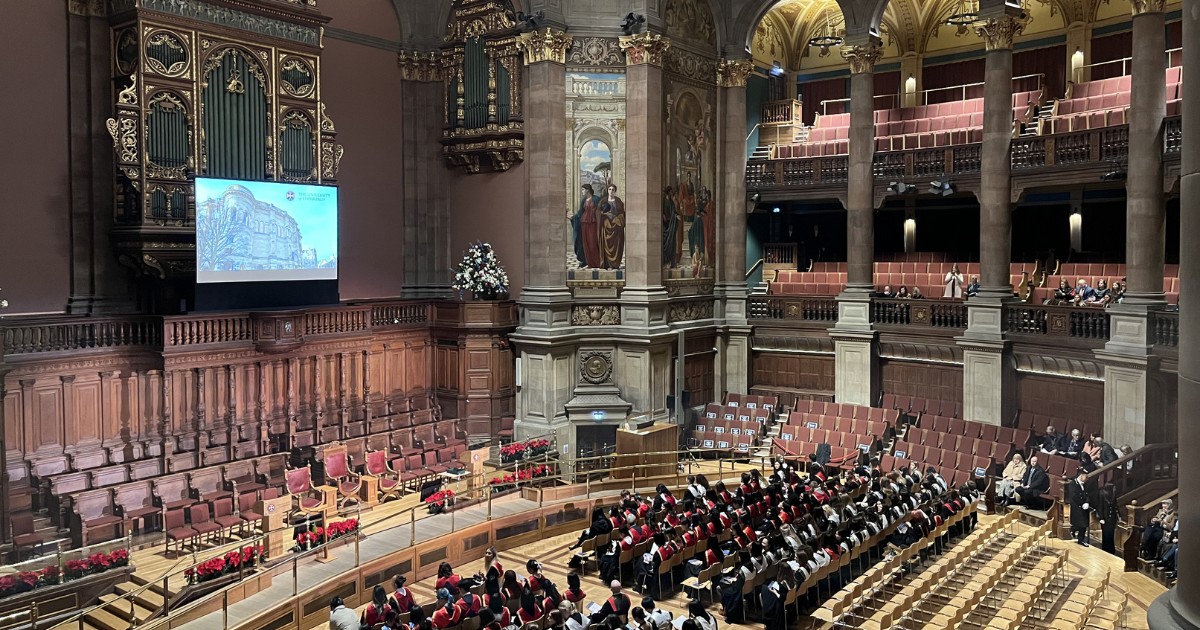How To Speak
- Home Page 325

Winter Sowing
This content is accessible to paid subscribers. To view it please enter your password below or send mike@standardsmichigan.com a request for subscription details.
Amateur Radio
This content is accessible to paid subscribers. To view it please enter your password below or send mike@standardsmichigan.com a request for subscription details.
Spring Week 16 | April 15- April 21
Monday | April 15 | Colloquium 15:00 UTC
Tuesday | April 16 | Colloquium 15:00 UTC
Wednesday | April 17 | Colloquium 15:00 UTC
Thursday | April 18 | Colloquium 15:00 UTC
Friday | April 19 | Colloquium 15:00 UTC
Saturday April 20
Sunday April 21
Spring Week 15 | April 7 – April 13
Monday | April 10 | Colloquium 15:00 UTC
Tuesday | April 11 | Colloquium 15:00 UTC
Wednesday | April 12 | Colloquium 15:00 UTC
Thursday | April 13 | Colloquium 15:00 UTC
Friday | April 14 | Colloquium 15:00 UTC
Saturday | April 15
Sunday | April 16
“Homestead Dances: A Waltz for Young Lovers”
Dublin Philharmonic Orchestra@DPOIreland @americanart
Image: “Cowboy Dance” 1941 Jenne Magafan | New Deal Mural Artisthttps://t.co/RLAAPgRCDVhttps://t.co/DB8W0DBT5Q pic.twitter.com/J22jRfF99x— Standards Michigan (@StandardsMich) July 29, 2023
Spring Week 14 | March 31 – April 6
“The voice of Nature loudly cries,
And many a message from the skies,
That something in us never dies”
— Robbie Burns
Monday | March 31| Colloquium 15:00 UTC
Tuesday | April 1 | Colloquium 15:00 UTC
Wednesday | April 2| Colloquium 15:00 UTC
Thursday | April 3 | Colloquium 15:00 UTC
Friday | April 4 | Colloquium 15:00 UTC
Saturday | April 5
Sunday | April 6
Spring Week 13 | March 24 – March 30
“See! The winter is past; the rains are over and gone.
Flowers appear on the earth; the season of singing has come, the cooing of doves is heard in our land.
The fig tree forms its early fruit; the blossoming vines spread their fragrance.”
— Song of Solomon 2:11-13
Monday | March 24| Colloquium 15:00 UTC
Tuesday | March 25 | Colloquium 15:00 UTC
Wednesday | March 26 | Colloquium 15:00 UTC
Thursday | March 27 | Colloquium 15:00 UTC
Friday | March 28 | Colloquium 15:00 UTC
Saturday | March 29
Sunday | March 30
List of multinational festivals and holidays
Winter Week 10 | March 3 -9
Time Change Soon
Monday | March 3 | Colloquium 16:00 UTC
Tuesday | March 4 | Colloquium 16:00 UTC
Wednesday | March 5 | Colloquium 16:00 UTC
Thursday | March 6 | Colloquium 16:00 UTC
Friday | March 7 | Colloquium 16:00 UTC
Saturday | March 8
Sunday | March 9
Time Change This Week
Winter Week 11 | March 10 – March 16
When you are old and grey and full of sleep,
And nodding by the fire, take down this book,
And slowly read, and dream of the soft look
Your eyes had once, and of their shadows deep;
How many loved your moments of glad grace,
And loved your beauty with love false or true,
But one man loved the pilgrim soul in you,
And loved the sorrows of your changing face;
And bending down beside the glowing bars,
Murmur, a little sadly, how Love fled
And paced upon the mountains overhead
And hid his face amid a crowd of stars.
Monday | March 10 | Colloquium 15:00 UTC
Tuesday | March 11 | Colloquium 15:00 UTC
Wednesday | March 12 | Colloquium 15:00 UTC
Thursday | March 13 | Colloquium 15:00 UTC
Friday | March 14 | Colloquium 15:00 UTC
Saturday | March 15
Sunday | March 16
Data Point: Is Solar Worth It?
This content is accessible to paid subscribers. To view it please enter your password below or send mike@standardsmichigan.com a request for subscription details.
New update alert! The 2022 update to the Trademark Assignment Dataset is now available online. Find 1.29 million trademark assignments, involving 2.28 million unique trademark properties issued by the USPTO between March 1952 and January 2023: https://t.co/njrDAbSpwB pic.twitter.com/GkAXrHoQ9T
— USPTO (@uspto) July 13, 2023
Standards Michigan Group, LLC
2723 South State Street | Suite 150
Ann Arbor, MI 48104 USA
888-746-3670




















